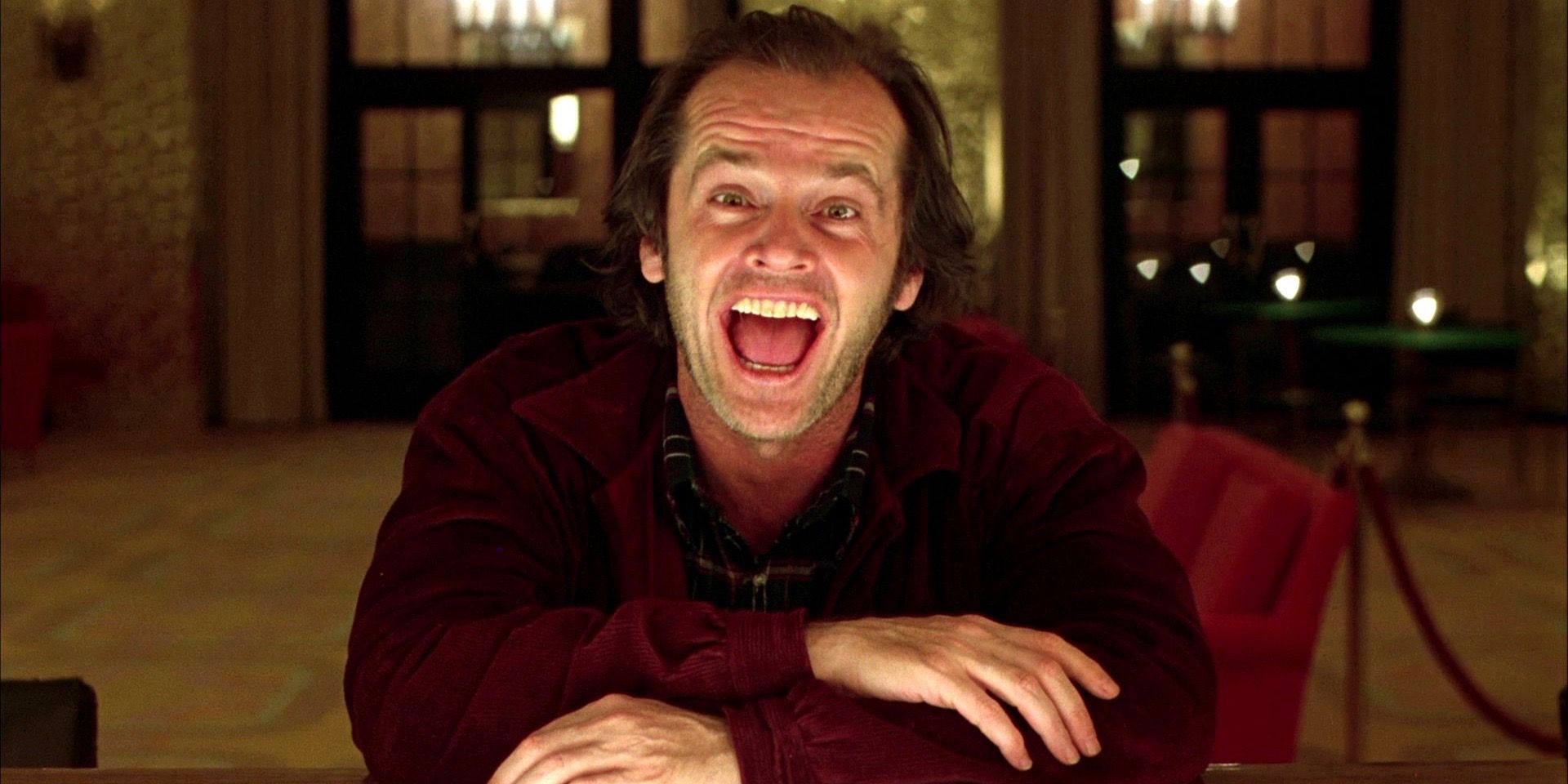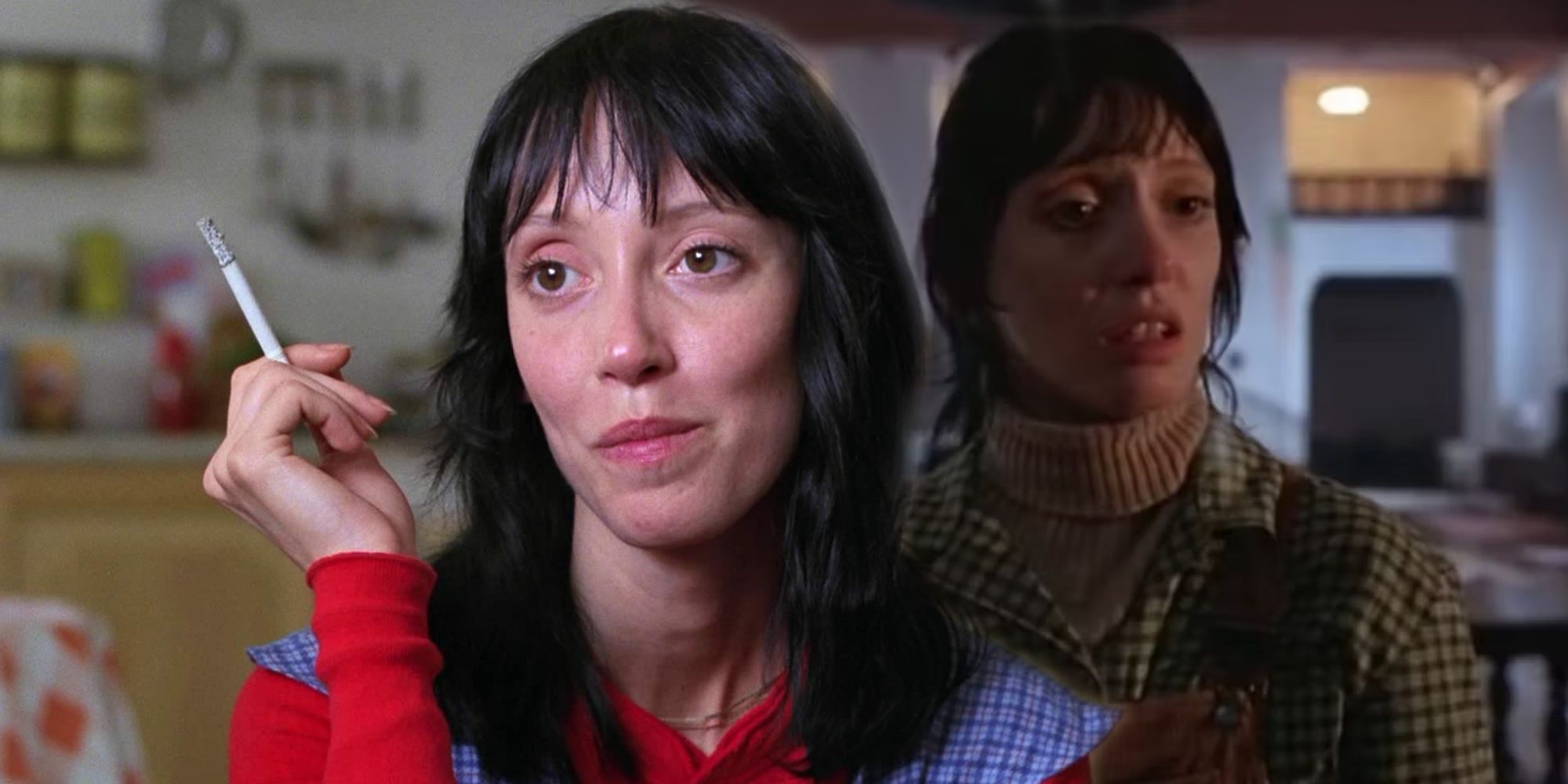Uncovering The Secret Detail In Jack Nicholson's Iconic Shining Performance
Uncover the mystery behind Jack Nicholson's performance in The Shining Did he intentionally look at the camera? A fan's discovery after 43 years will leave you questioning the details in this classic film
In a recent video essay by Filippo Ulivieri (ArchivioKubrick on YouTube), a fan uncovers a hidden detail in Jack Nicholson's celebrated performance in The Shining. The 1980 horror film, based on Stephen King's novel and directed by Stanley Kubrick, portrays the gradual descent into madness of Jack Torrance, played by Nicholson, during his family's stay at a desolate hotel. One particular scene, where Jack argues with his wife Wendy before storming out of the room and briefly glancing at the camera, has sparked a debate over the years on whether Nicholson's gaze was deliberate. Ulivieri's video essay sheds light on several other instances in the movie where Nicholson appears to look directly at the camera, adding a new layer of intrigue to the iconic performance.
Is Jack Nicholson Looking At The Camera In The Shining Intentional?
The video also highlights a series of moments where Jack Torrance directly looks at the camera throughout the film. These instances range from quick glances to more deliberate stares, starting from his arrival at the hotel to the climactic scene in the hedge maze. While some of these moments are fleeting, others are more overt and noticeable.
New evidence presented in a video essay suggests that Jack Nicholson's intentional looks into the camera during certain scenes in The Shining were not just accidental moments caught on film. In fact, it appears that both Nicholson and director Stanley Kubrick made a conscious decision to include these moments in the film. In Making The Shining documentary, Kubrick can be seen instructing Nicholson to look directly into the camera during a scene where Jack is locked in the storeroom. This attention to detail and perfectionism was a hallmark of Kubrick's directing style, often resulting in numerous takes that exhausted the cast and crew.
Nicholson's frequent instances of looking directly at the camera in The Shining cannot be mere coincidence. This raises the question of why there are so many fourth wall breaks. While there is no single definitive interpretation of this aspect of Nicholson's performance, one possible explanation is that it contributes to the eerie atmosphere of Kubrick's film and also subverts the traditional tropes of horror movies. Despite its significance, this subtle detail has largely gone unnoticed by audiences for many years.











